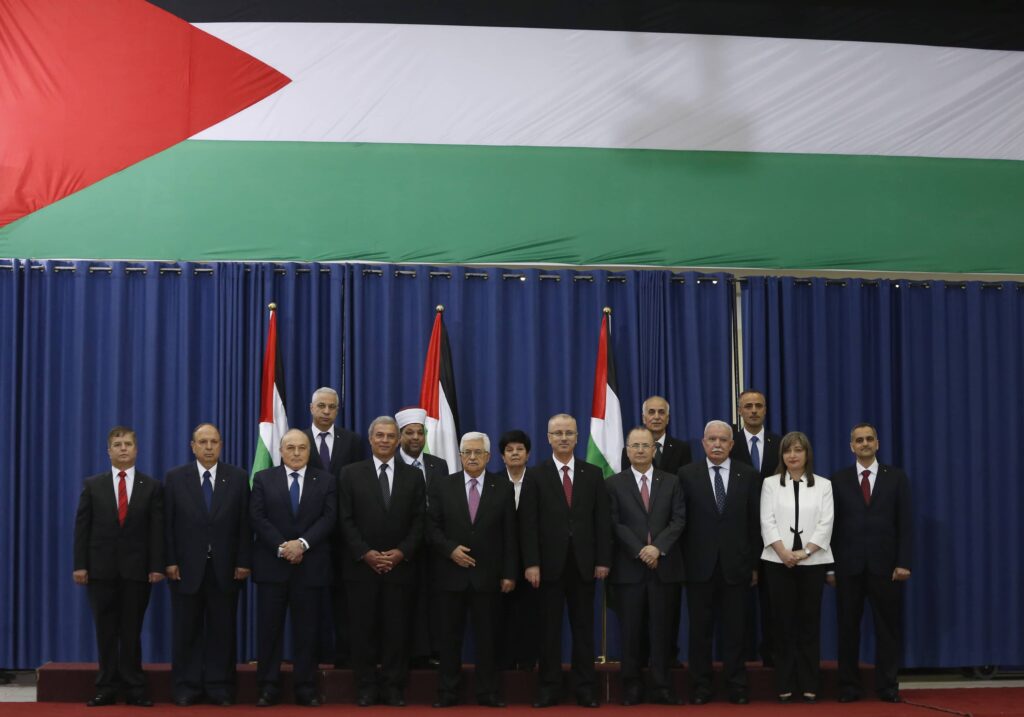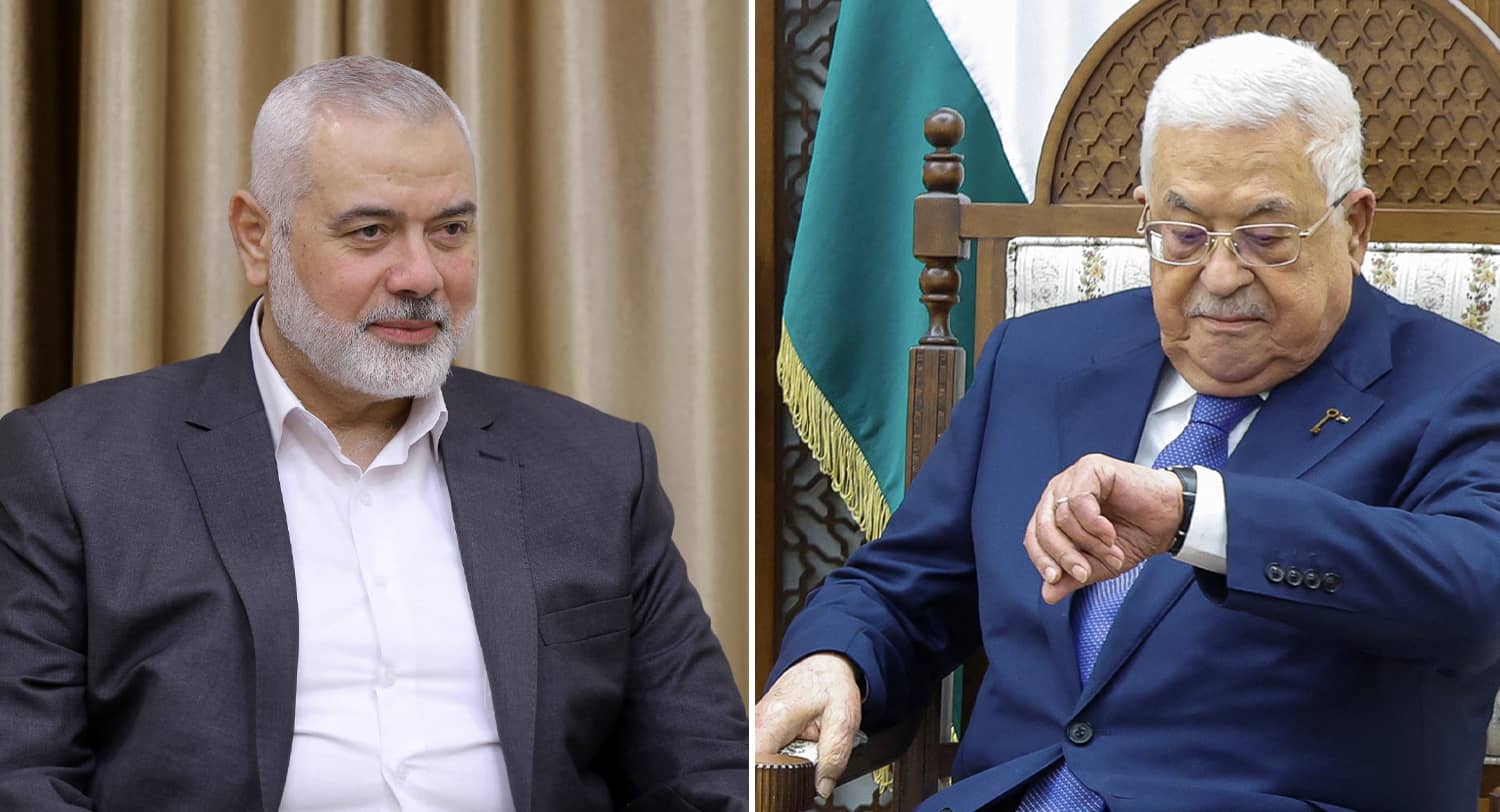On December 28, five Palestinian factions announced an agreement to form a unity government. The five included two Islamist organizations (Hamas and Palestinian Islamic Jihad) and three small Marxist pan-Arab member groups of the PLO (led by the Popular Front for the Liberation of Palestine). All five are committed to military resistance against Israel. This announcement, in a meeting in Beirut, made little fanfare in the international media.
This disinterest owes partly to news on other fronts – the Iran-backed Houthi attacks on commercial shipping and US warships in the Red Sea, Iran’s hijacking of oil tankers –but also to the unsuccessful record of Palestinian efforts at unity governments. Still, there is reason to watch this development, especially in light of the recent Egyptian plan for a Gaza ceasefire and peace, initially rejected by Hamas and PIJ, and later rejected by Israel.
Israel has consistently rejected any role for Hamas in any future governance of Gaza. The Egyptian peace plan calls for a unity government bringing together the constituent organizations in the Palestinian Authority (PA), led by Fatah under Mahmoud Abbas, and Hamas as a political partner; it provides for three stages of demilitarization of the Gaza Strip. Motivated in part by Egypt’s rivalry with Qatar for regional clout in resolving the current crisis, the Egyptian plan has sparked some interest in Palestinian quarters. Hamas leadership in Qatar pledged to pursue internal deliberations and remain open to some form of unity government.
The Biden administration speaks publicly of a plan to hand over the governance of Gaza to a “reformed,” “restructured” Palestinian Authority. What that means in practice remains unclear. For instance, the administration has pressured Abbas to commit to advancing a more peaceful vision, to include removing antisemitic content from the PA’s educational system, but to no practical result thus far.
The only time a unity government has succeeded – temporarily – was a short-lived PA-Hamas agreement following Israel’s withdrawal from Gaza in 2005. A few months later, in mid-2006, Hamas won a plurality of seats in elections for the Gaza legislature, followed by a coup in 2007 that brought it to sole power in Gaza, which it has maintained ever since. No new elections have occurred in Gaza since that point.

The split between Hamas and Fatah, the two leading Palestinian organizations, initially appeared to benefit Israel’s preferences. The Netanyahu government believed that the Hamas presence in Gaza would pressure Fatah and limit Fatah efforts towards putting pressure on Israel. Indeed, the rivalry between the formerly Soviet-backed Fatah movement and the Muslim Brotherhood-affiliated Hamas, on many levels, is quite real, and reflects a basic ideological cleavage.
International human rights reports going back several years provide evidence of Hamas engaging in arbitrary detentions and arrests, imprisonments, assaults, torture, and murder of Fatah members in Gaza, highlighted in the 2007 coup d’état. Hamas abductions of Fatah loyalists flared up again during the 2014 conflict between Gaza and Israel. Hamas attacks on Fatah intelligence officers and officials have not escaped public scrutiny. Nevertheless, the factions understood the necessity of providing the Palestinian population at least with the semblance of an effort to agree on a common vision; the presentation of a united front, however fake, also helped secure international public support for a two-state solution, contributing to the global narrative that such a solution was possible in spite of inter-Palestinian political divisions.
There were numerous efforts by various foreign mediators to realize this possibility, but despite these efforts, it remained a mirage. For instance, in 2006, Russia broke ranks with the rest of the international community to provide funding to the unified PA/Hamas government, using this opportunity to establish itself as an interlocutor with both factions. The effort paid off. In 2017, Fatah and Hamas spent three days in Moscow, negotiating a new unity pact. The result was an agreement that was to pave the way towards the establishment of a National Council. The deal would also have included Palestinian Islamic Jihad. While the terms of the deal were not particularly different from the previous efforts, the new factor was that the Palestinians were now looking to Russia, rather than the then-Trump-led United States, as an intermediary and guarantor.
The internal differences between Fatah and Hamas are likely to remain too great to overcome – even with a new and presumably more amicable mediation partner. One of the main differences, which has persisted over time, was Hamas’s rejection of any dealings with Israel. While both Fatah-based PA and Hamas share the UNRWA-backed educational system which vilifies Israelis, and while incitement and terrorist attacks against Israelis remain par for the course in both jurisdictions, the PA has enjoyed the benefits of security cooperation with Israel, including vis-à-vis Hamas terror infrastructure, and has presented the face of seeming moderation, at least in part to ensure broader international legitimacy and support.
Part of Hamas’s continuing appeal among Palestinians has been its consistent dedication to the goals of resistance, in particular, the destruction of Israel, as outlined in its foundational charter of 1988. The very process of power-sharing amidst entrenched distrust between Abbas’s loyalists and the Hamas apparatus, too, remains a significant stumbling block. Notwithstanding political appearances and public statements, the actual prospect that the Hamas military force (or what remains of it) under Yahya Sinwar and Muhammad Deif would submit to the command of the PA security forces under Majid Faraj is practically at zero.

